Commentaries
Your Present Location: Teacher_Home> Jia Jinjing> CommentariesThis is only a prelude to the Fed`s interest rate hike or trigger a global liquidity war
By Jia Jinjing Source: Best China News Published: 2017-6-19
In June 14th, the Federal Reserve announced a 25 basis point hike, raising the federal funds rate from 0.75% - 1% to 1% - 1.25%, and announced plans to start reducing its balance sheet this year.
After 3 months, the Fed raised interest rates again, both in the market expected, but unusual. Because the interest rate adjustment, behind the highlight of the Fed policy and economic fundamentals out of line phenomenon.
The failure of the Taylor rule
Since 1990s, the Fed has given up the way of controlling the amount of money, and began to adjust the real interest rate as the main means of macroeconomic regulation and control. In 1993, Stanford University economics professor John Tel according to the actual data in the United States, the interest rate decision mechanism put forward the famous "Taylor rule" to the Fed, to determine the unemployment rate, and inflation bound together with interest rates, the specific performance, if inflation is too high, so must rise in interest rates, if the unemployment rate is too high, it should be reduced interest rate.
From the May non farm payrolls report released by the U.S. Department of labor, the May nonfarm payrolls increased by only 138 thousand, the market is expected to increase by 182 thousand, far below the market expectations. However, the U.S. unemployment rate in May fell further to 4.3%, the lowest level in nearly 10 years, labor participation rate continued to decline by 0.2 percentage points to 62.7%, which means that more and more people give up looking for work.
At the same time, prices of gasoline and new cars were affected, and the US PCE price index fell after hitting a five - year high. In March, core PCE grew by only 1.6%, significantly lower than the Fed`s target of 2%.
In the face of employment data and not just passable target inflation rate, the Fed still accelerated the rate hike cycle, the past analysis of the Fed`s policy orientation of the "Taylor rule" has failed, we need to start from the fundamentals of the U.S. economy and the global macroeconomic situation, seek a reasonable answer.
The Fed`s business philosophy
In theory, financial conditions should serve as a conduit between the Fed`s monetary policy and the real economy. The fact is that before the Fed raised interest rates, 10 - year Treasury yields continued downward, repeatedly low innovation. This also means that even without interest rates, the real economy borrowing costs down, the macro financial conditions relaxed has become a general trend.
In the past, when the Fed raised interest rates, long-term interest rates will rise, financial conditions will be tight. The interest rate hike, the Fed`s policy orientation and Wall Street reaction is contrary to the fundamentals of the U.S. economy, by raising interest rates and shrinking tables, trying to further release "liquidity", to create loose financial conditions. How to explain the disconnect between the Fed and the market, we should begin with the role of the Fed itself.
In the Federal Reserve bill, Congress sets its federal reserve policy targets: full employment, stable prices, moderate long-term interest rates. But as America`s de facto central bank, the Fed has its own departmental interests.
In 2009, the Fed released huge amounts of liquidity to ease the catastrophic consequences of the financial crisis and save America`s financial sector. In 2012, in order to boost the weak economy, the Fed launched the third round of "indefinite" quantitative easing.
In the Federal Reserve all the way "buy, buy, buy" macroeconomic policy boost, the U. S. stock all the way up to more than 21300 points, higher than the 2008 financial crisis 14115 points higher than 50%. Represented by the stock market, asset prices in the United States are generally overvalued. In June, Merrill Lynch in 210 top global investors monthly survey showed that 84% of investors think the U. S. is the world`s most overvalued assets, the highest ever recorded, even more than in 1999 when the U.S. technology stocks bubble.
The Fed`s May FOMC meeting minutes once in the interest rate implied and shrink the table program, once again sent to the United States for certain types of asset prices were too high warning, especially commercial real estate valuation is too high, easy to face high volatility, thus the impact of financial stability. It is in order to hedge against future financial security risks may arise, the Fed interest rate hike and contraction of two pronged approach, in the global "liquidity" battle initiative.
The global liquidity war is imminent
In June, the global financial markets were faced with liquidity tensions. In China, June is also a "tight money" day. Since the beginning of June, the 30 day Shanghai interbank offered rate (Shibor) rose 51 basis points, since the same period in 2013 the largest increase at a time. At the same time, since June 2013, the bond yield curve again "upside down", the 1 year Treasury yields to maturity in June 8th rose 6 basis points to 3.66%, more than 10 of the Treasury bond yield of 3.65%.
In the past six months, the global credit impulse (incremental credit accounted for the proportion of GDP) plunged, Germany, Italy, Mexico credit pulse has decreased significantly, the United States also fell to negative credit impulse level. The sharp decline in credit impulses is often a harbinger of a global recession.
How do you create safe parachutes for the U. S. financial industry in such an emergency? That`s what the Fed needs to think about. The meeting also pointed out the path of future war map for global mobility: on the one hand, by raising interest rates, to attract capital into the US market, narrow liquidity drain gate, thus providing excess liquidity support for the United States too overvalued asset prices; on the other hand, shrink the balance sheet, quantitative easing during a large sell-off the purchase of financial assets, financial risk prevention.
And the United States to enhance its domestic market to attract liquidity initiatives, will inevitably lead to further contraction in the face of funds in other countries of the world, and thus forced to participate in this global liquidity struggle.
In 2017, the global economy will face a more severe "cold wave", the Fed interest rate increase is only a prelude to the growing global liquidity war. All these changes will undoubtedly reshape the layout of the global economic landscape, the outlook for the future economic situation should be more cautious attitude.
The author is Director of the Macro Research Department at Chongyang Institute for Financial Studies, Renmin University of China.
Key Words: FED; US; Global Economy; Jia Jinjing



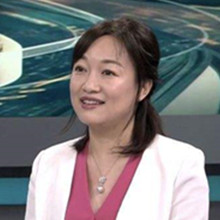




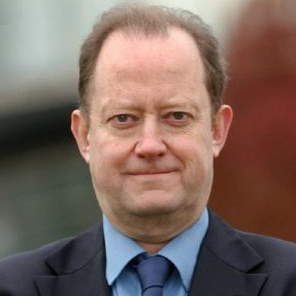



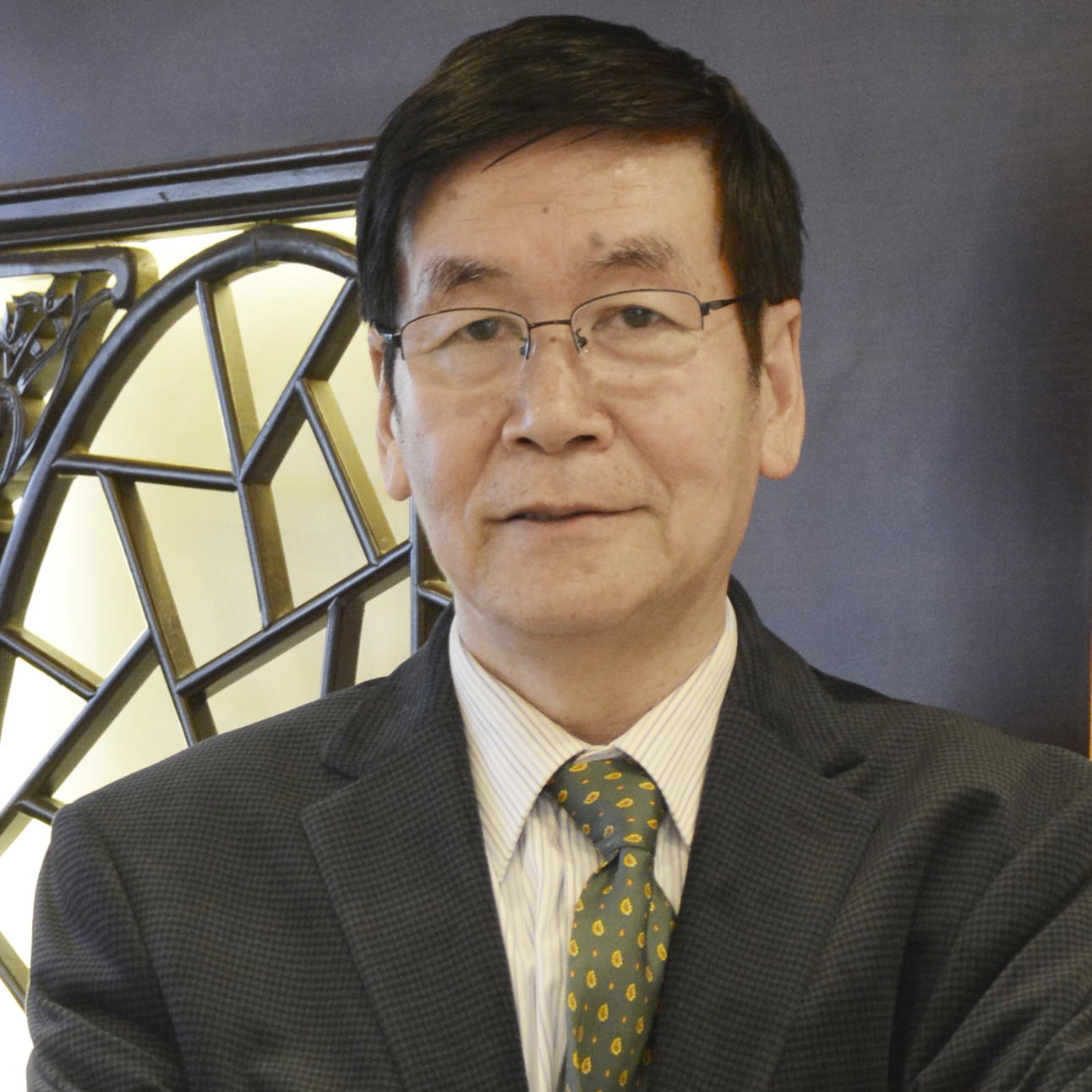





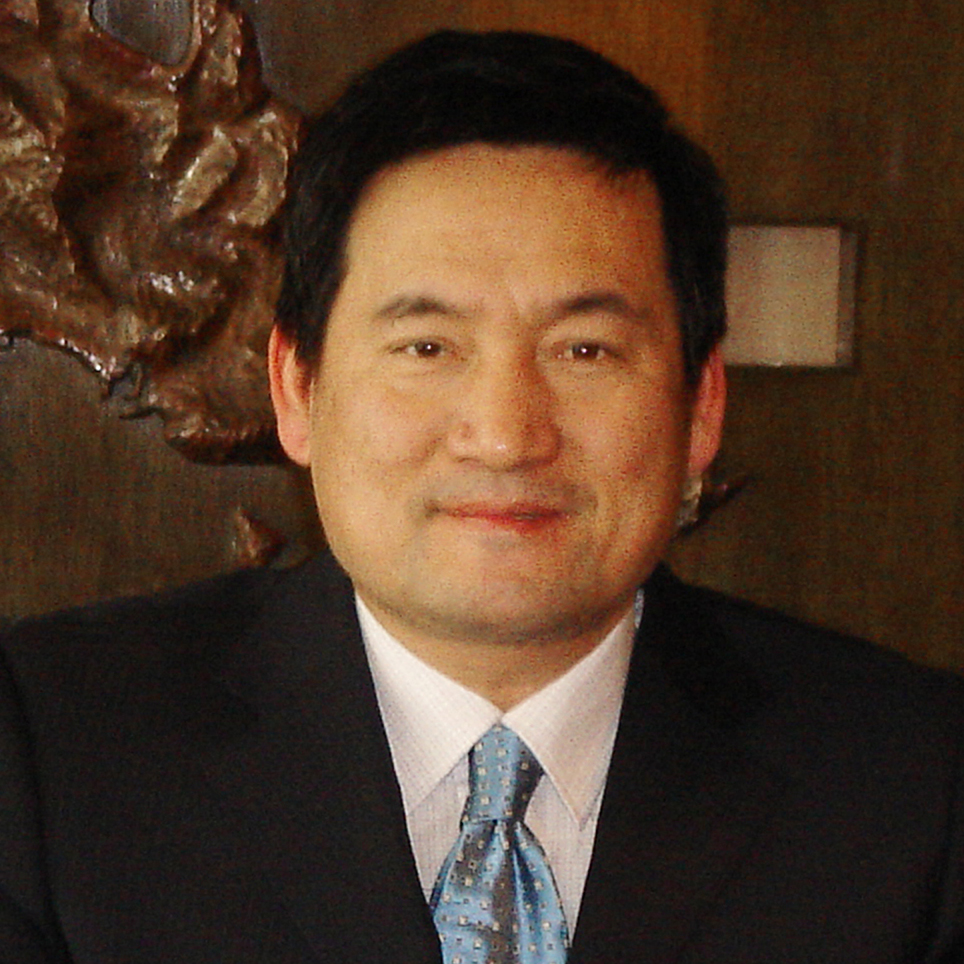














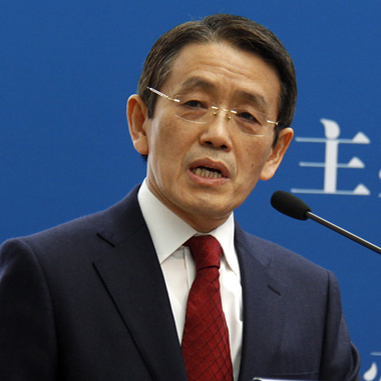

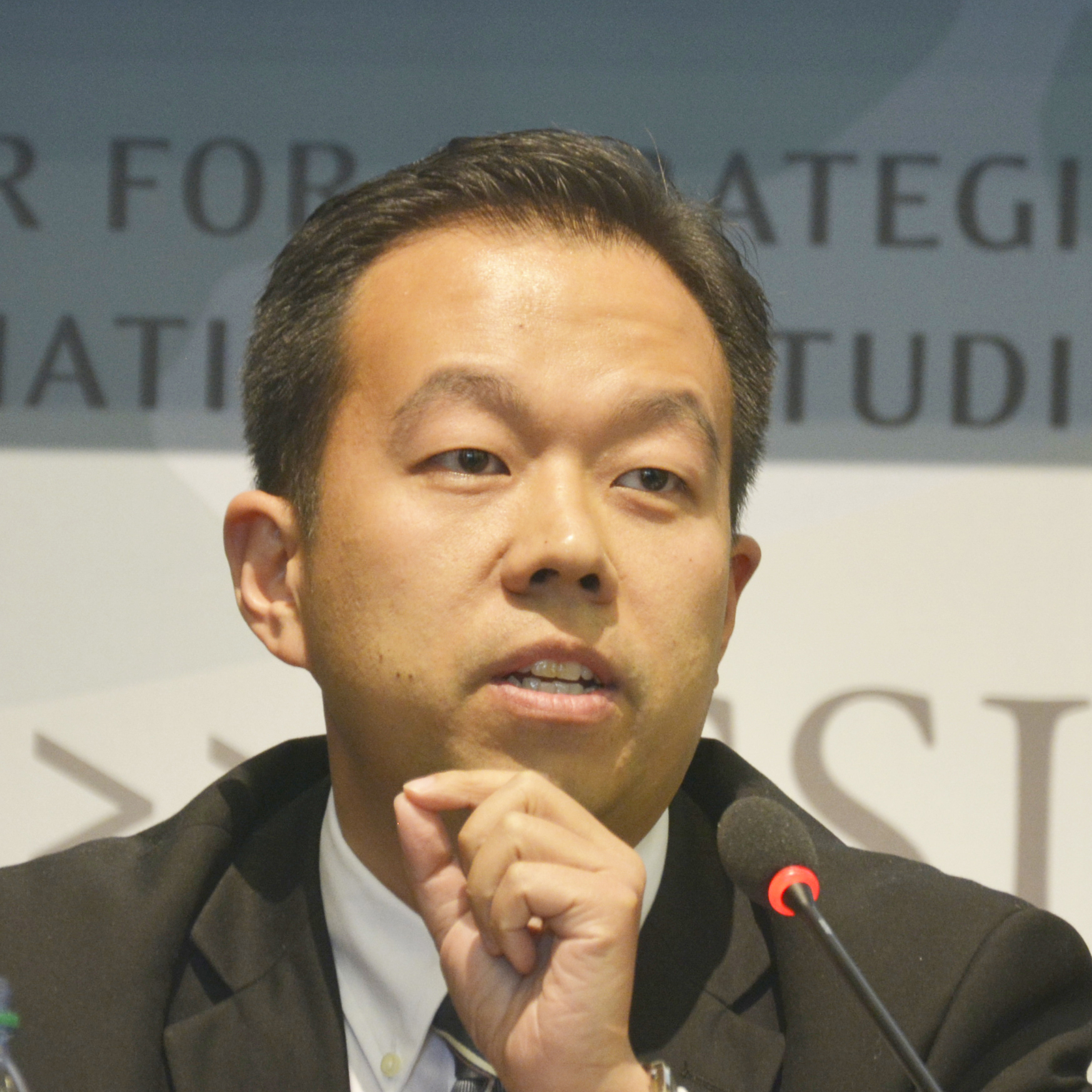









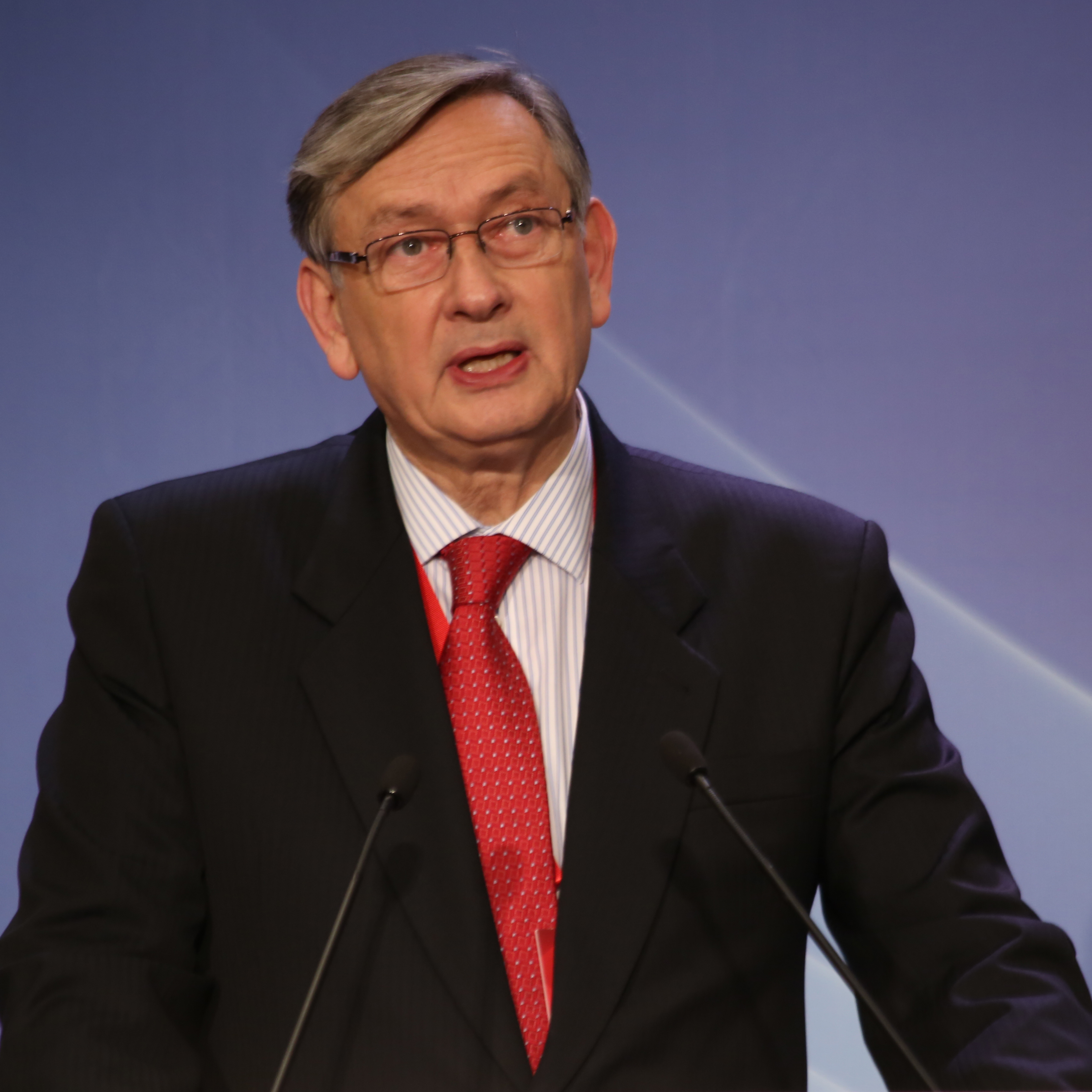
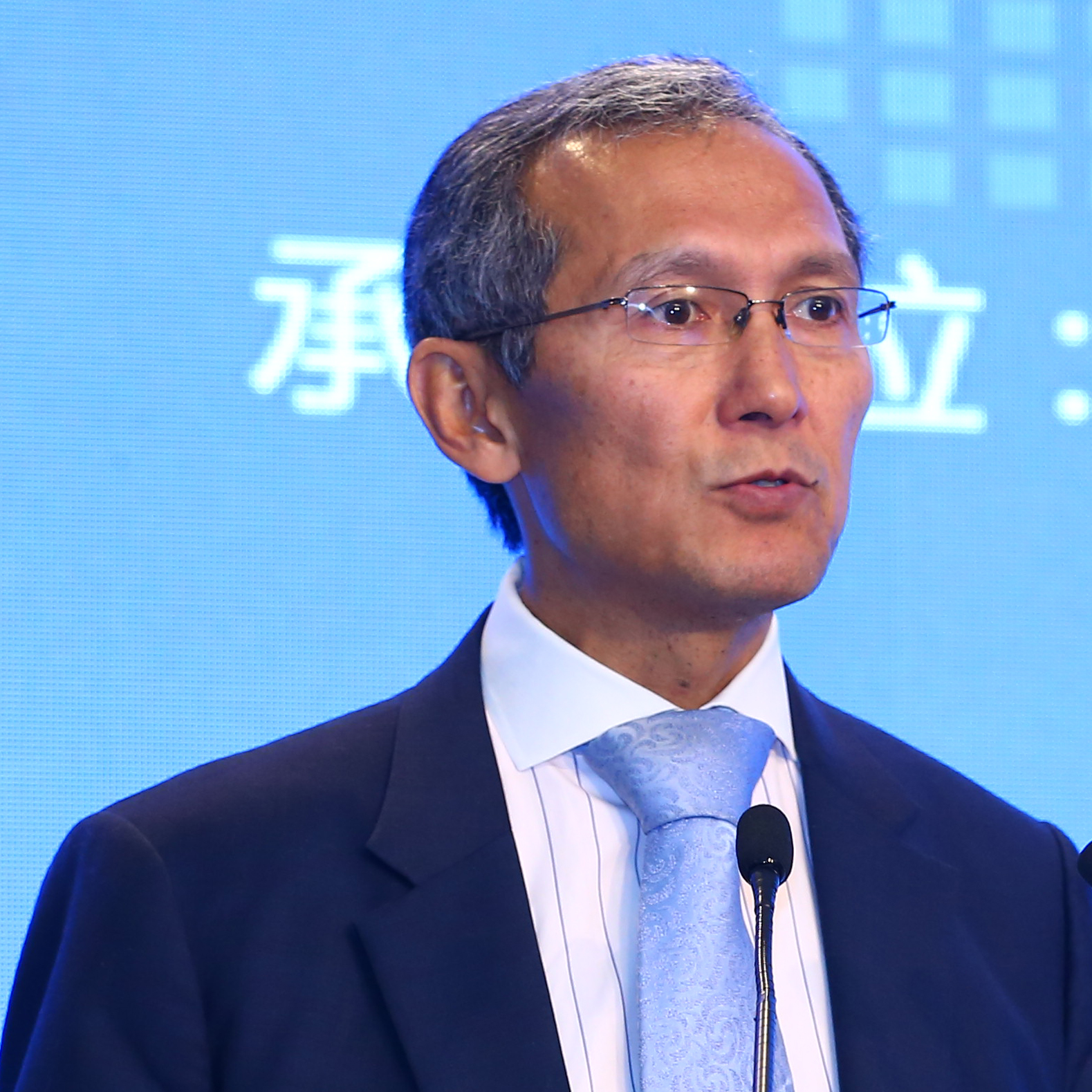
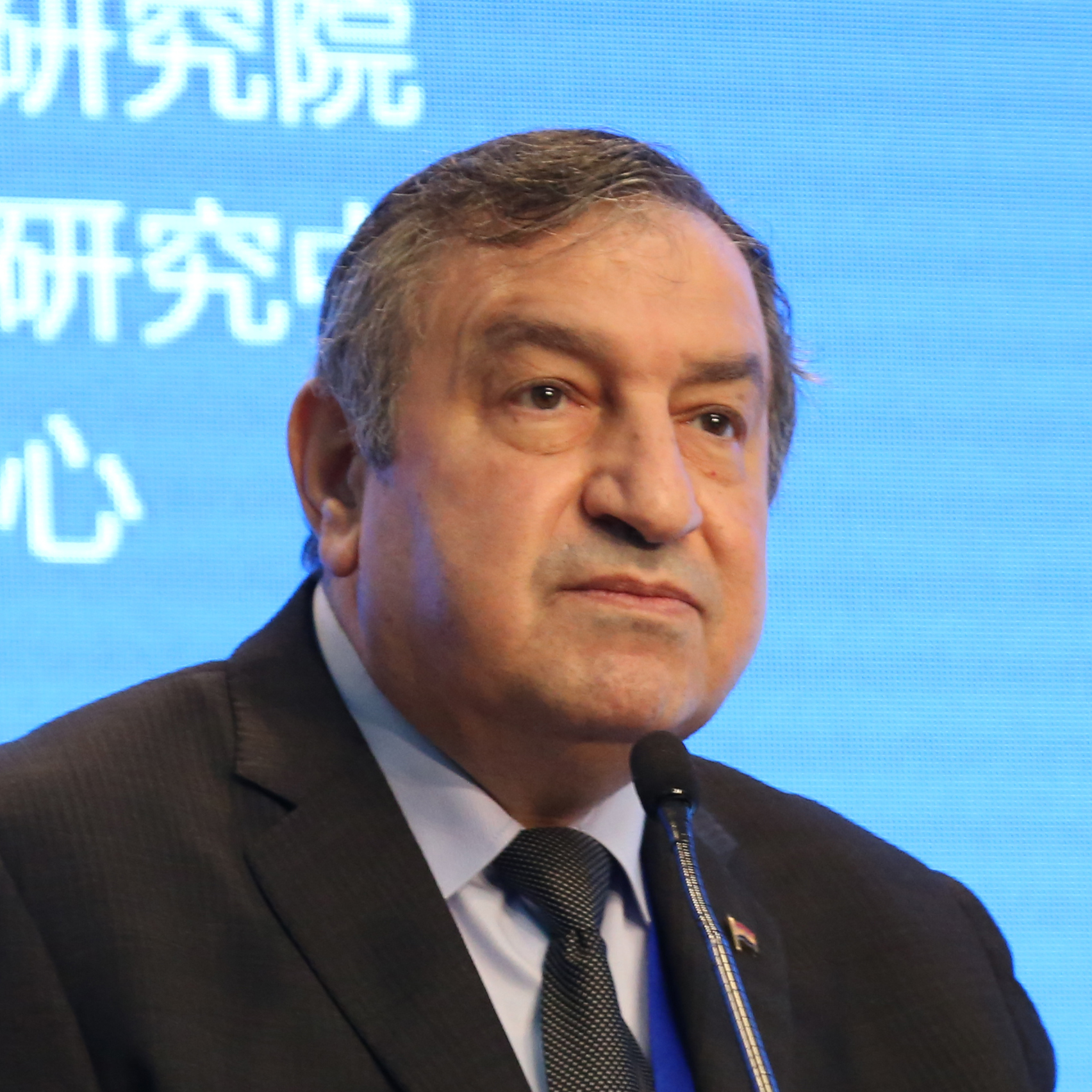
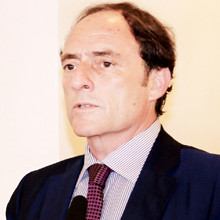
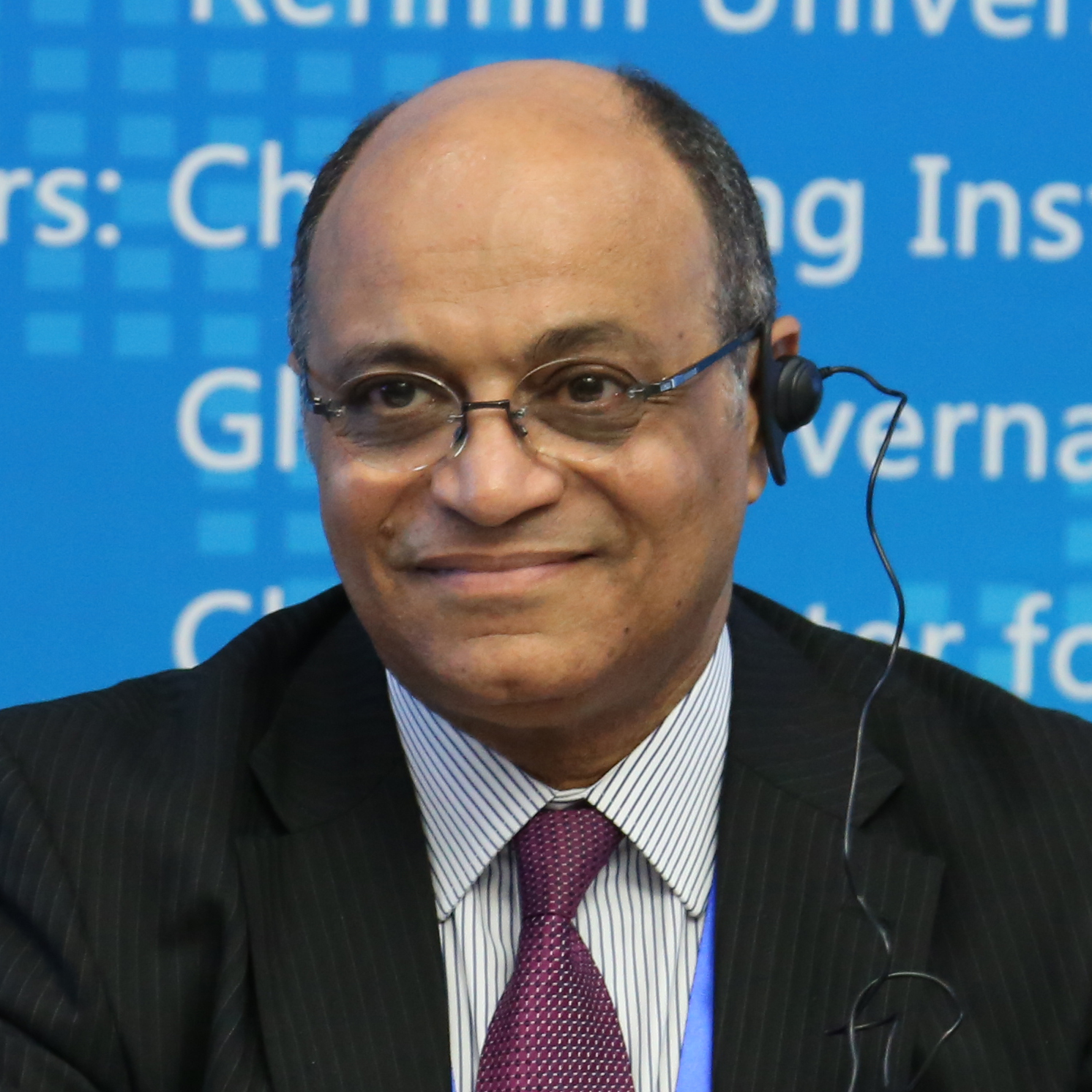







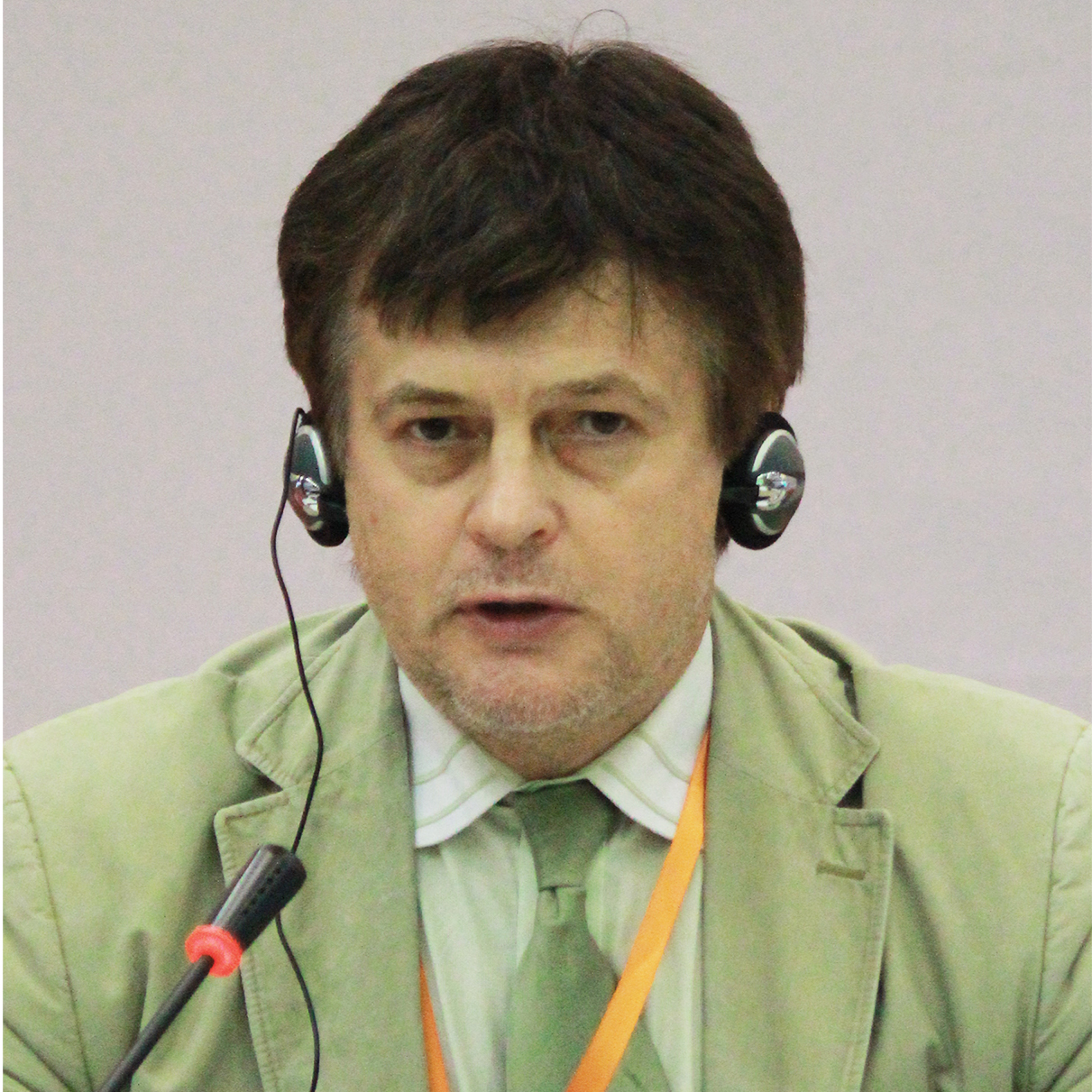


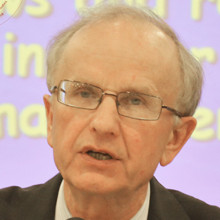
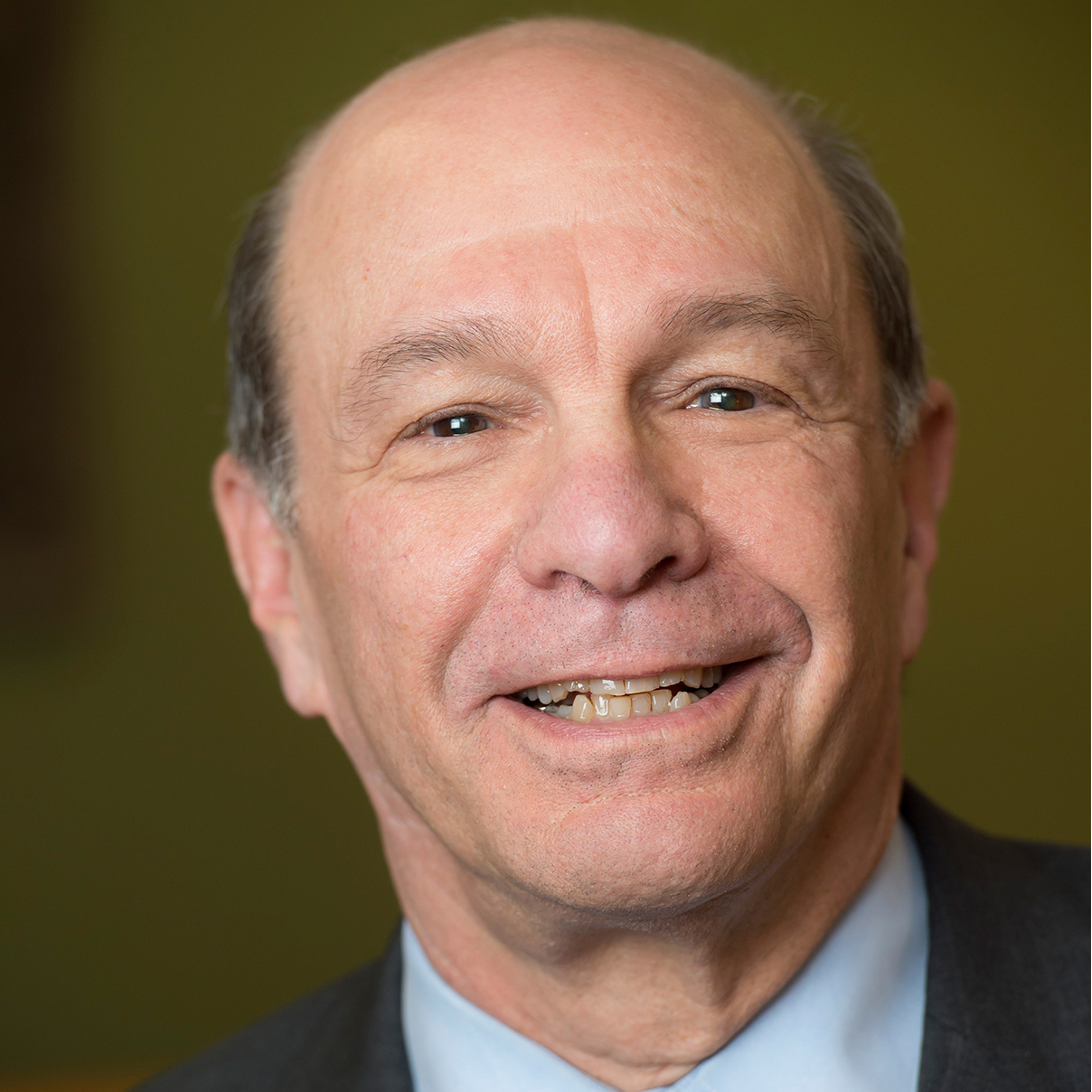

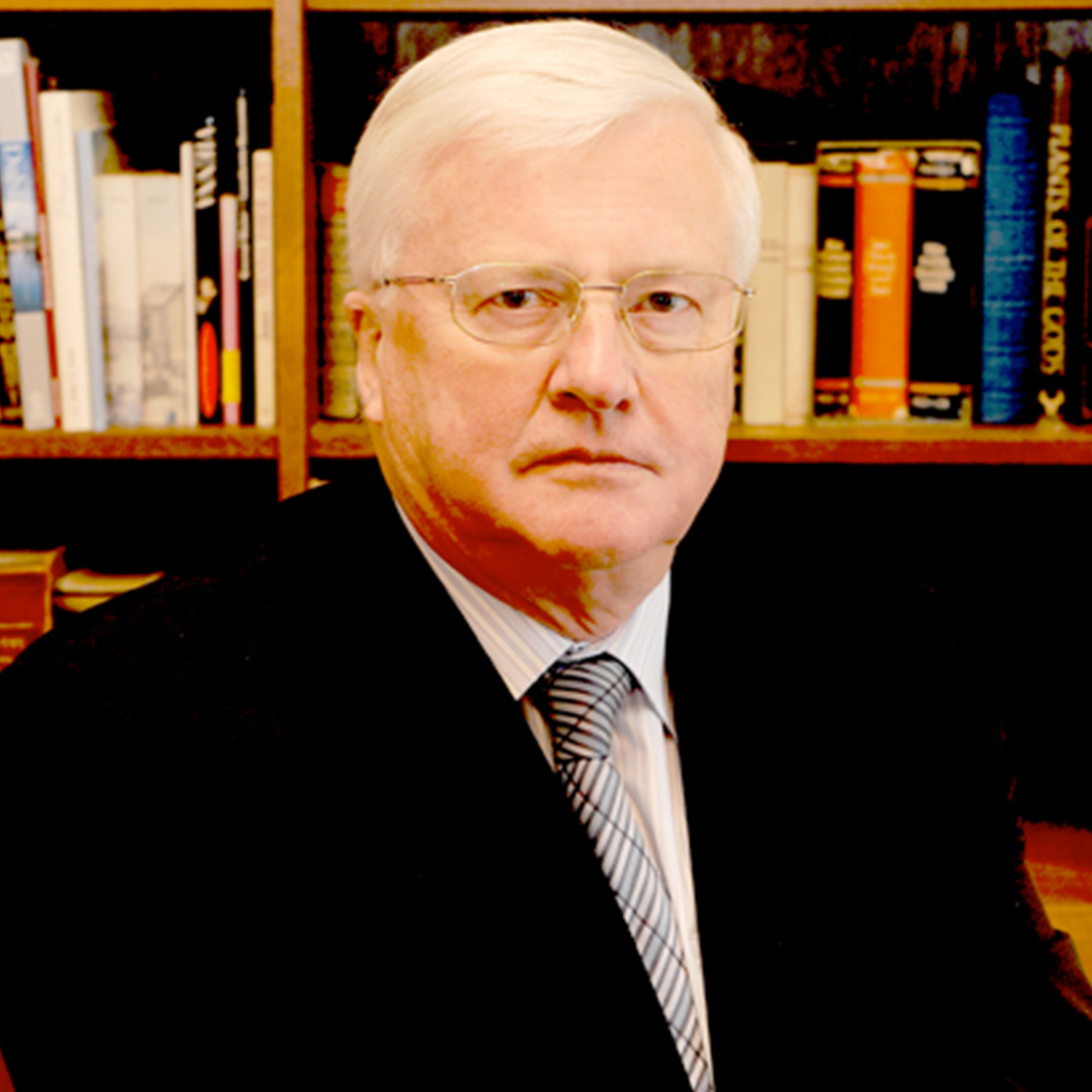
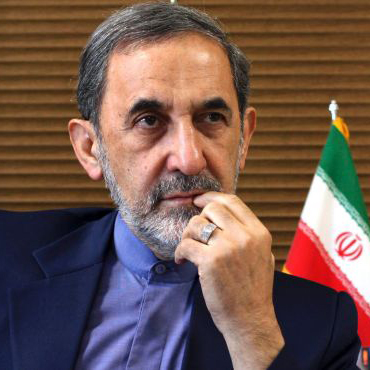
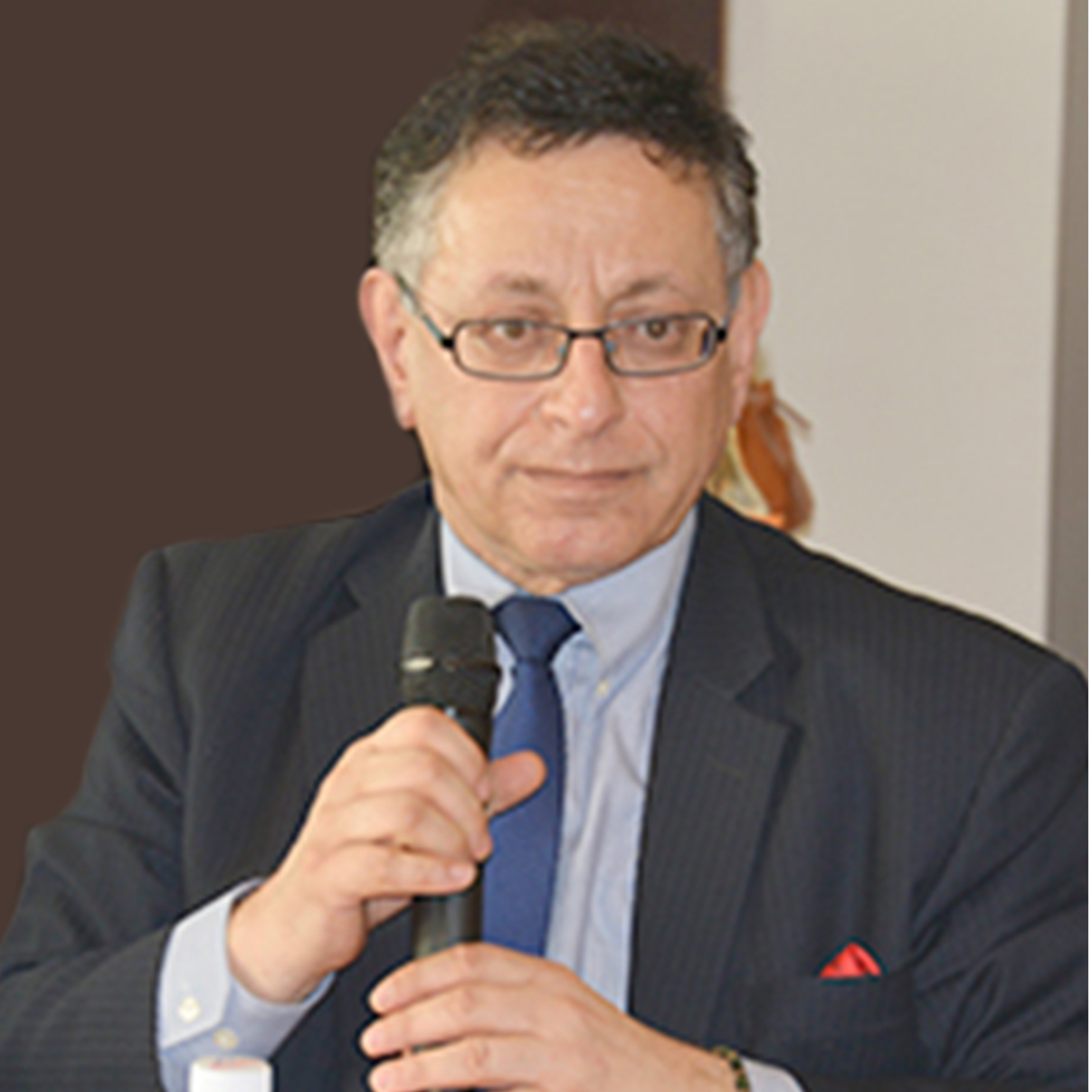



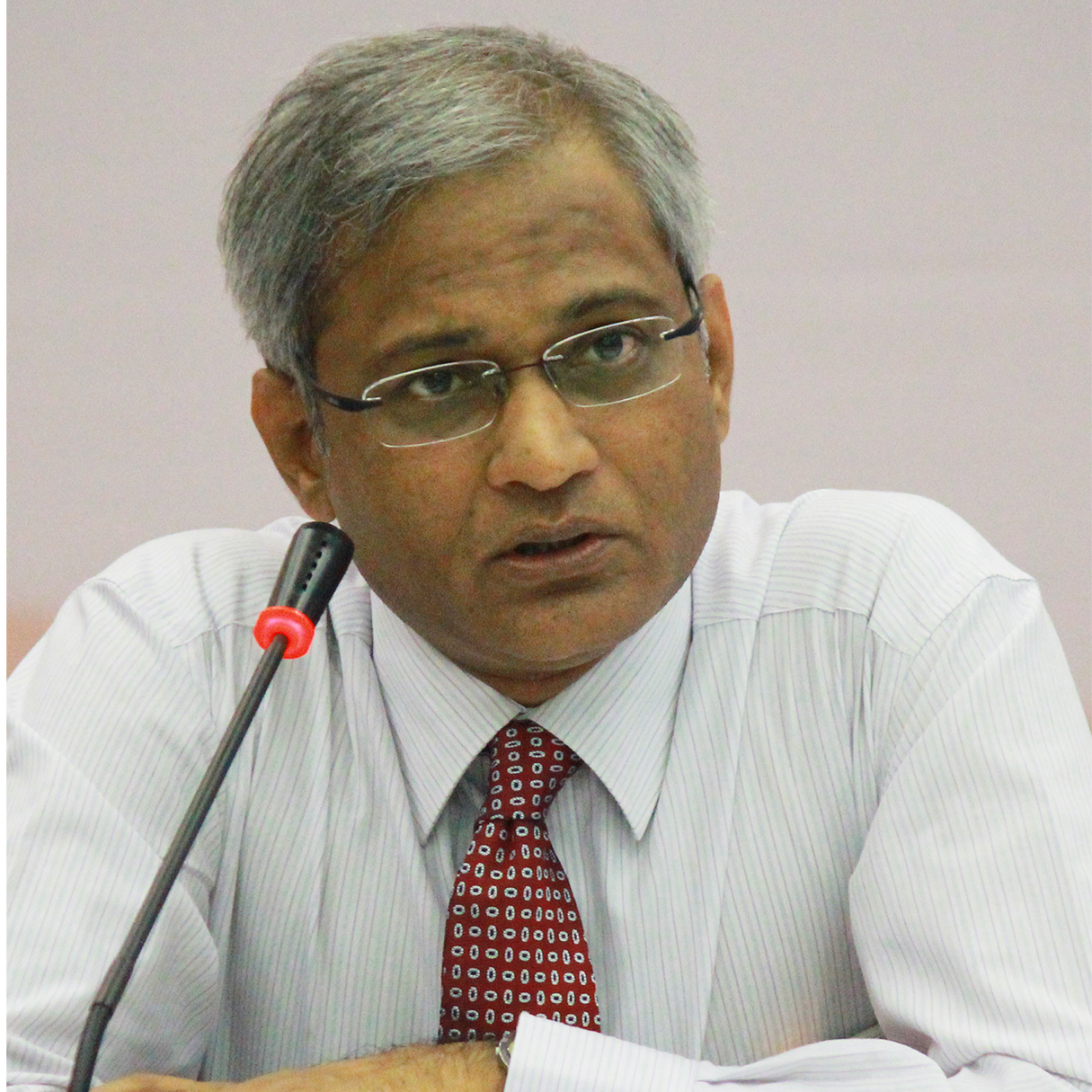
















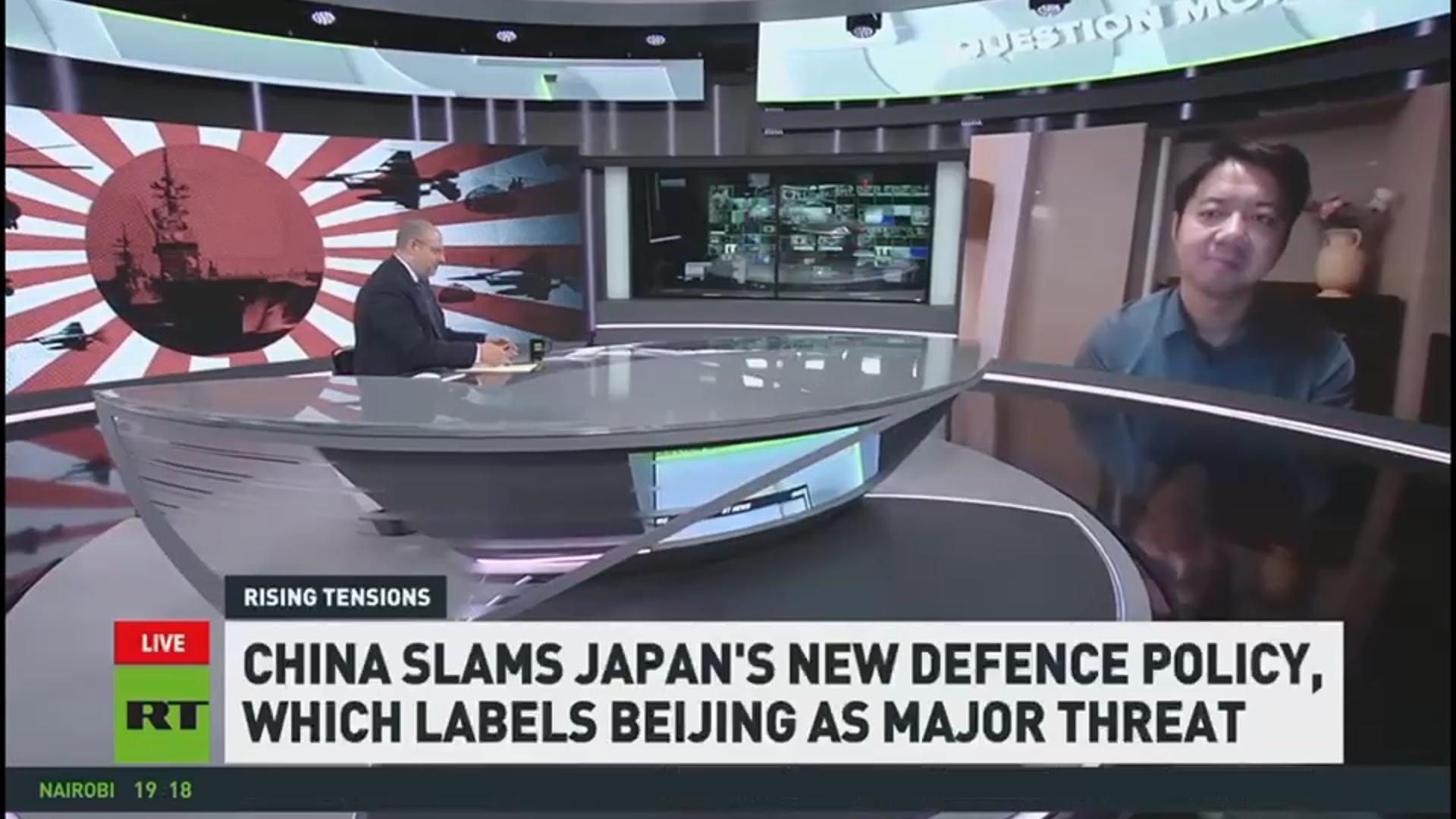
 京公网安备 11010802037854号
京公网安备 11010802037854号





